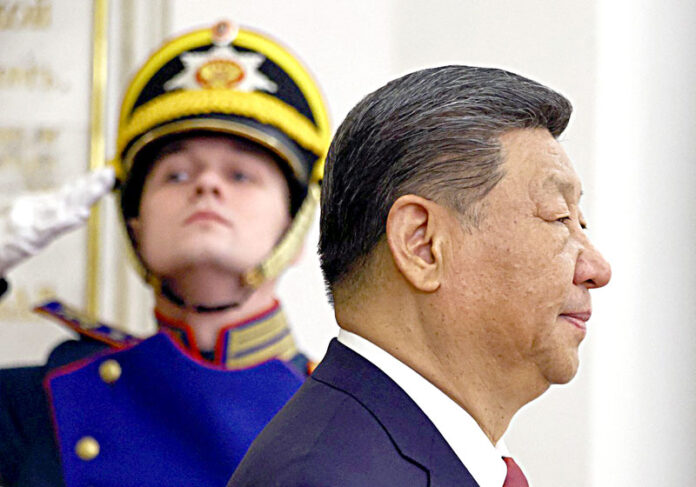The Philippines’ gross international reserves (GIR) fell to $104.6 billion as of end-April 2025 from $106.7 billion as of end-March, the Bangko Sentral ng Pilipinas (BSP) said Thursday.
It said that despite the decrease, the latest GIR level still provides a robust external liquidity buffer, equivalent to 7.2 months’ worth of imports of goods and payments of services and primary income.
It also covers about 3.6 times the country’s short-term external debt based on residual maturity.
The month-on-month decrease in the GIR level reflected mainly the national government’s drawdowns on its foreign currency deposits with the Bangko Sentral ng Pilipinas (BSP) to meet its external debt obligations and pay for its various expenditures and BSP’s net foreign exchange operations, it said.
The net international reserves (NIR) also decreased by $2.0 billion to $104.6 billion as of end-April 2025 from the previous month’s level of $106.6 billion.
Michael Ricafort, chief economist at Rizal Commercial Banking Corp., said proceeds from the national government’s $3.29 billion global/ROP bond issuance in February 2025 continued to support the GIR.
“The GIR equivalent to 7.2 months worth of imports recently, among the lowest in more than two years or since 2022 and down from an immediate high of 8.1 months in September 2024; but nevertheless still more than twice the international standard of 3 to 4 months and sustained well above the $100 billion mark, thereby could strengthen the country’s external position that is positive for sustaining the country’s favorable credit ratings of 1 to 3 notches above investment grade as consistently seen since the pandemic or over the past 5 years; while also fundamentally providing greater cushion/buffer/support for the peso exchange rate vs. the US dollar,” Ricafort said.
“More importantly, relatively higher GIR to provide greater cushion/buffer/support/ for the peso exchange rate vs. the U.S. dollar, as fundamentally supported by the continued growth in the country’s structural US dollar inflows especially from OFW remittances, BPO revenues, tourism receipts, foreign investments, among others,” he said.








